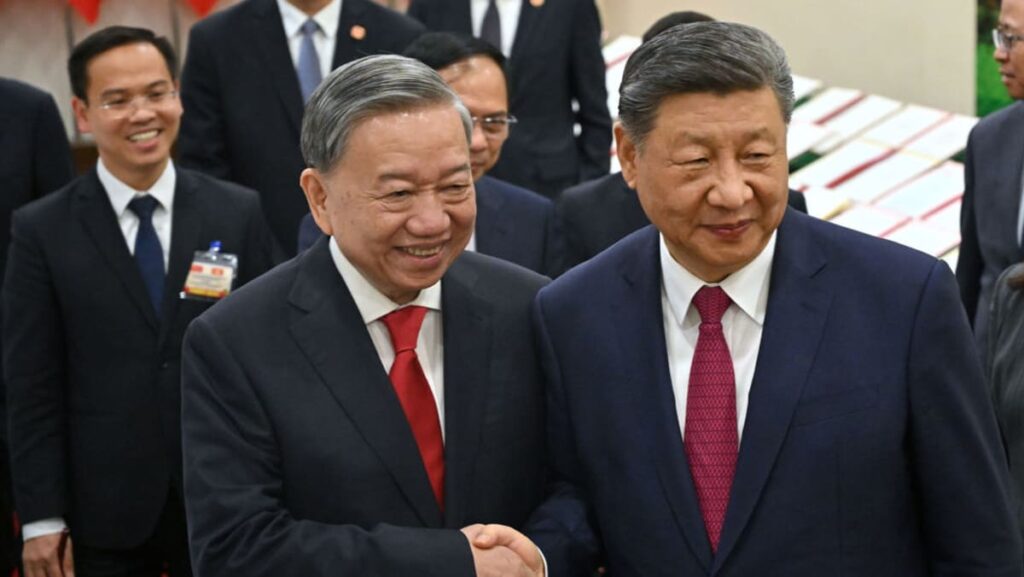VIETNAM’S SUBTLE SHIFT
Xi’s visit offered Vietnam an opportunity to secure Chinese backing for its ambitious development agenda. Foremost among Hanoi’s priorities is advancing investment-led growth over the coming decade, necessitating enhanced infrastructure cooperation with China.
While Vietnam has traditionally approached China’s Belt and Road Initiative with caution, recent developments suggest a subtle shift.
This is reflected in multiple cooperation agreements signed during Xi’s visit, covering road transport, energy infrastructure, seaports, logistics, aviation, and notably, the establishment of a joint committee on railway cooperation.
The committee’s priority is the construction of cross-border railways linking China to key cities in northern Vietnam, with Chinese technical assistance and concessional loans. This time around, Hanoi has strongly emphasised China’s technology transfer and capacity building, aiming to enhance domestic firms’ participation in its upcoming flagship project: the North-South high-speed railway.
Another key priority for Hanoi is increasing Vietnamese firms’ integration into high-value supply chains in sectors where China already commands technological and industrial leadership, such as high-speed railways, artificial intelligence, and green technologies.
Like China, Vietnam is nurturing its national economic champions, including Viettel and FPT in tech sectors, VinFast in EVs and Hoa Phat in steelmaking. Vietnamese leaders are intent on steering these firms beyond being mere technology adopters to become technology innovators capable of capturing greater value shares, particularly in Vietnam’s rapidly expanding market.



